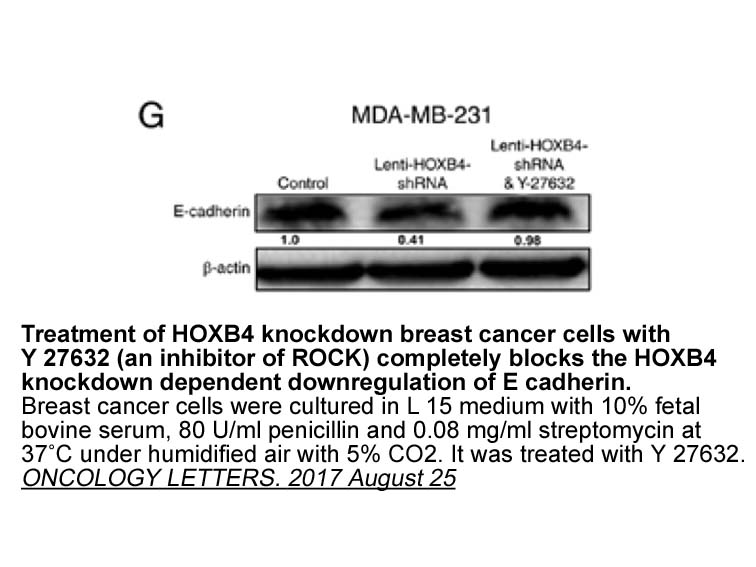Archives
Most of the tumors showed relatively higher GalR mRNA
Most of the tumors showed relatively higher GalR1 mRNA levels than the controls (Fig. 1a, Table 3). However one patient with the lower GalR1 mRNA levels (#12) had, in fact, relatively lower levels of transcript for galanin and the other galanin receptors. Patient #10 and 4 who were also expressing lower GalR1 compared to the other patients, instead expressed high levels of galanin, GalR3 (#10) and GalR2 (#4) transcripts. Among the thirteen studied patients, no #6, 7 and 11 showed the highest Prednisone synthesis of GalR1 mRNA.
GalR2 (Fig. 1b, Table 3) was low in most of the tissues, except in three tumors (#4, 8 and 11). Two of these patients (#4 and 11) have not shown any signs of tumor recurrency 5years after surgery. However, the patient with highest GalR2 level (#8) relapsed one year postoperatively. Interestingly, this patient also expressed high levels of GalR3. GalR3 (Fig. 1c, Table 3) was highly expressed in five adenomas (#1, 3, 5, 8 and 10). All these patients had tumor relapse within one year postoperatively, regardless of the rest of their gene expression profile. In addition, patient #9 with acromegaly and a slight elevation of GalR3 levels never fully normalized his GH-IGF-1 levels after surgery and was reoperated after two years due to tumor regrowth.
All tumors expressed relatively lower levels of galanin (Fig. 1d, Table 3) as compared to the controls, except two ACTH-secreting adenomas (#10 and 11) and tumor #8, a GH-producing tumor with acromegaly. These three adenomas expressed relatively high levels of galanin. One of the patients with Cushing’s syndrome (#10) had significantly higher levels of GalR1 and -R3. This patient had a tumor relapse within half a year after reoperation and irradiation with the gamma knife. He finally had a bilateral adrenalectomy to treat his hypercorticolism. The other patient with Cushing’s syndrome (#11) had a tumor expressing relatively high levels of GalR2 and significantly high levels of GalR1. This patient has so far no recurrence after the first surgical intervention.
Proliferation rate (Ki-67) was measured in all tumors. Four tumors, #3, 5, 9 and 10, had Ki-67 ⩾3%, (3%, 5%, 3% and 4% respectively). Three of them, # 3, 5 and 10, had elevated levels of the same galanin receptor subset GalR1+GalR3, and relapsed shortly after surgical intervention, whereas #9 showed elevated levels of only GalR1 and had residual tumor with regrowth.
Discussion
Classifications of tumors are at present based primarily on anatomic features and histopathology. In addition, molecular methods suc h as real-time PCR can be used to provide accurate diagnosis and to predict response to therapy (Bernard and Wittwer, 2002). In this study we have analysed the mRNA levels of thirteen human pituitary adenomas and twelve normal pituitary tissues by qPCR. In five of the thirteen patients there was tumor relapse, and, interestingly, these five tumors were the only ones with high GalR3 transcript levels. In the normal human pituitary tissues, we could detect expression of galanin, GalR1 and -R2, but not GalR3. This contrasts reverse transcriptase PCR results from rat showing presence of GalR2 and -R3, but not GalR1, mRNA in the rat anterior pituitary (Waters and Krause, 2000). In the ovine pituitary gland presence of all three receptor transcripts has been reported (Whitelaw et al., 2009).
The thirteen human pituitary tumors investigated showed different expression profiles of galanin and its receptors compared to the control tissues. They all expressed low levels of galanin transcript, except two ACTH-producing tumors with high levels of galanin transcript, in agreement with earlier studies (Bennet et al., 1991, Hsu et al., 1991, Hulting et al., 1989, Invitti et al., 1999, Sano et al., 1991, Vrontakis et al., 1990, Grenbäck et al., 2004), and a GH-producing tumor with acromegaly. The three galanin receptors were expressed at different levels and in different combinations, from relatively low expression for galanin and all three receptors (#9) to a subset of tumors with relatively high expression of all four transcripts (#8). These two patients with different expression profile had both GH-secreting tumors with acromegaly, but also different gender (#8 female and #9 male).
h as real-time PCR can be used to provide accurate diagnosis and to predict response to therapy (Bernard and Wittwer, 2002). In this study we have analysed the mRNA levels of thirteen human pituitary adenomas and twelve normal pituitary tissues by qPCR. In five of the thirteen patients there was tumor relapse, and, interestingly, these five tumors were the only ones with high GalR3 transcript levels. In the normal human pituitary tissues, we could detect expression of galanin, GalR1 and -R2, but not GalR3. This contrasts reverse transcriptase PCR results from rat showing presence of GalR2 and -R3, but not GalR1, mRNA in the rat anterior pituitary (Waters and Krause, 2000). In the ovine pituitary gland presence of all three receptor transcripts has been reported (Whitelaw et al., 2009).
The thirteen human pituitary tumors investigated showed different expression profiles of galanin and its receptors compared to the control tissues. They all expressed low levels of galanin transcript, except two ACTH-producing tumors with high levels of galanin transcript, in agreement with earlier studies (Bennet et al., 1991, Hsu et al., 1991, Hulting et al., 1989, Invitti et al., 1999, Sano et al., 1991, Vrontakis et al., 1990, Grenbäck et al., 2004), and a GH-producing tumor with acromegaly. The three galanin receptors were expressed at different levels and in different combinations, from relatively low expression for galanin and all three receptors (#9) to a subset of tumors with relatively high expression of all four transcripts (#8). These two patients with different expression profile had both GH-secreting tumors with acromegaly, but also different gender (#8 female and #9 male).